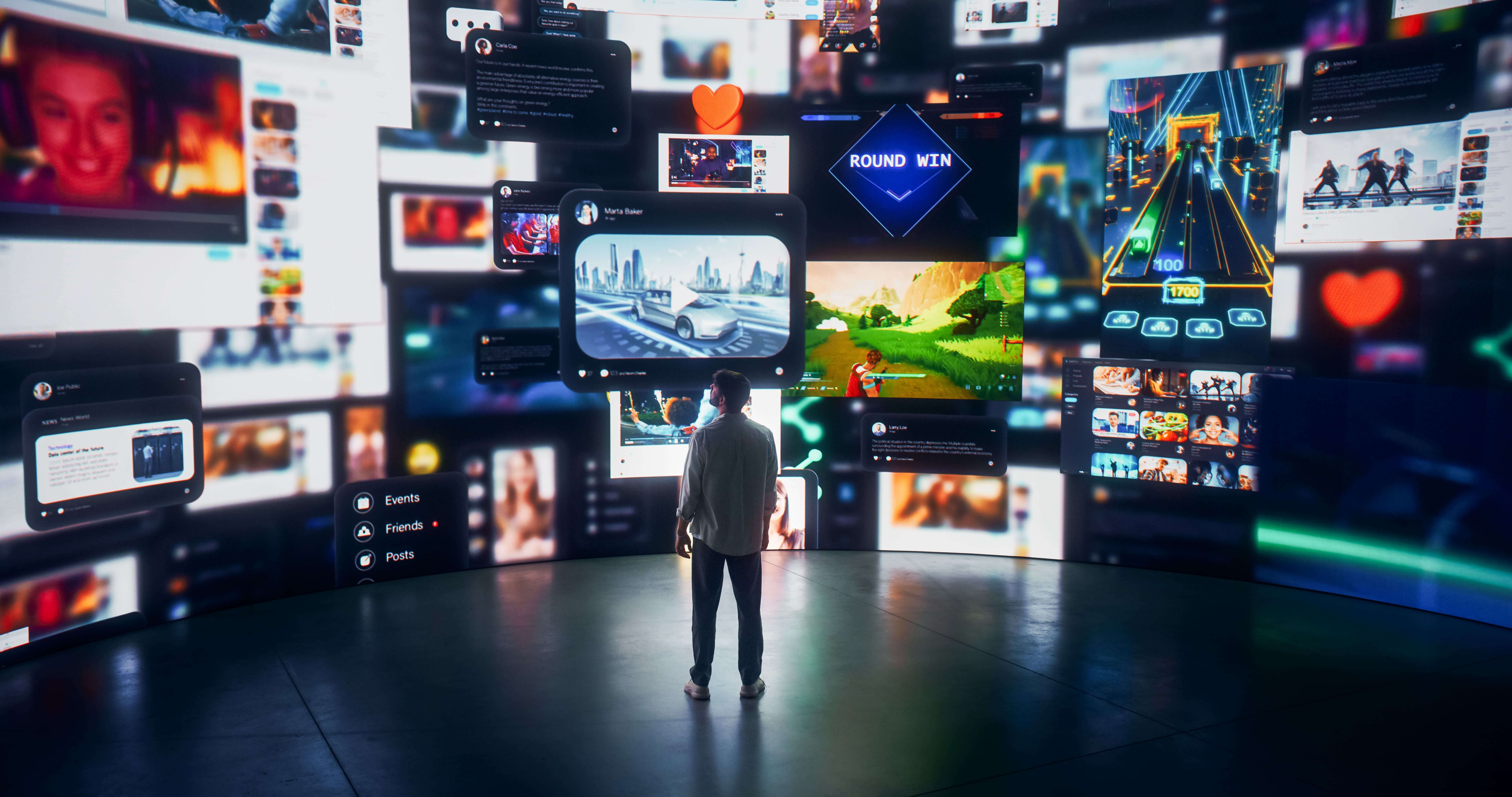In today’s fast-evolving digital landscape, businesses are constantly looking for innovative ways to engage their audience. One such groundbreaking technology is Augmented Reality (AR), which allows businesses to enhance customer experiences by blending digital elements with the real world. As AR becomes more mainstream, the opportunities for using it in marketing campaigns are growing.
What is Augmented Reality Marketing?
Augmented Reality marketing involves using AR technology to create immersive and interactive experiences for customers. Unlike Virtual Reality (VR), which creates a fully virtual world, AR overlays digital elements (images, sounds, or data) onto the physical world through devices like smartphones, tablets, or AR glasses. This technology allows businesses to engage customers in a more personalized and memorable way.
Why AR Marketing is Important for Your Business
The demand for AR is on the rise as more consumers are seeking unique and engaging experiences. AR offers numerous benefits for marketers, including:
- Enhanced Customer Engagement: AR creates interactive experiences that capture the customer’s attention, leading to higher engagement levels.
- Personalized Experiences: AR allows businesses to provide tailored content based on customer preferences, boosting relevance.
- Increased Brand Awareness: AR campaigns are visually compelling and shareable, which can help spread brand awareness.
- Improved Conversion Rates: By allowing customers to visualize products in real-life settings, AR can lead to higher conversion rates and reduced return rates.
Key Strategies for Successful AR Marketing Campaigns
To make the most out of AR marketing, businesses must carefully plan and execute their campaigns. Here are some strategies for success:
1. Define Your Goals
Before embarking on any AR marketing campaign, it’s crucial to define clear objectives. Whether you want to increase brand awareness, drive sales, or enhance customer loyalty, knowing your goals will help shape the AR experience you want to create.
2. Create Immersive Experiences
The most successful AR campaigns are those that offer immersive and interactive experiences. For instance, IKEA’s AR app allows customers to visualize furniture in their homes before purchasing. Think about how AR can add value to your product or service, and create experiences that resonate with your target audience.
3. Focus on User Experience
For AR marketing to succeed, the user experience is paramount. The technology should be easy to use and integrate seamlessly into the customer’s daily life. An AR development agency can help ensure that the technology functions smoothly and provides an intuitive, enjoyable experience for users.
4. Leverage Social Media Integration
Social media platforms are a powerful way to spread AR experiences. Filters and effects on platforms like Instagram and Snapchat are popular examples of AR marketing in action. Encourage users to share their experiences, which can lead to increased visibility for your brand.
5. Measure and Optimize
Like any marketing campaign, it’s important to track performance and adjust your strategy accordingly. Monitor metrics such as engagement rates, conversion rates, and customer feedback to evaluate the success of your AR marketing efforts.
Conclusion
Augmented Reality marketing is a powerful tool that can transform the way businesses interact with customers. By creating immersive, engaging, and personalized experiences, you can enhance customer loyalty, increase brand awareness, and drive sales. Collaborating with an AR development agency ensures that you have the expertise and resources to execute a successful AR campaign. Embrace AR today and take your marketing to the next level.




